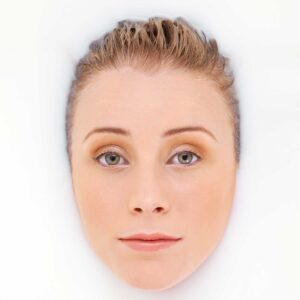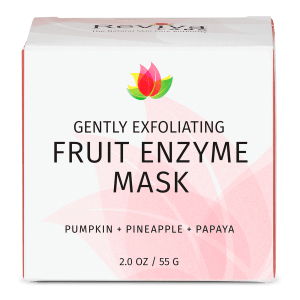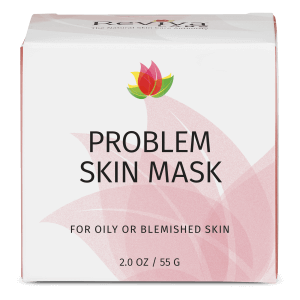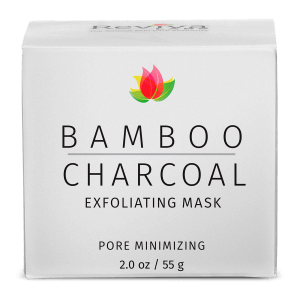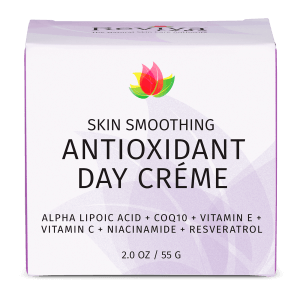Natural, Reviva Labs, Skin Care
Achieving Matte Skin: A Straightforward Guide
The quest for matte skin is a common beauty goal, particularly for individuals battling excessive oiliness or a shiny complexion. Matte skin refers to a smooth, even appearance without excess shine, often desired for its polished, camera-ready look. This guide offers practical tips and strategies for managing oily skin and achieving a more matte appearance throughout the day.
Understanding Oily Skin
To effectively achieve matte skin, it’s important to understand what causes skin to appear oily. Sebum, the natural oil produced by the sebaceous glands in your skin, plays a vital role in keeping the skin hydrated and protected. However, overproduction of sebum can lead to an oily sheen. Factors influencing sebum production include genetics, hormonal changes, environmental conditions, and stress levels.
Daily Skincare Routine for Matte Skin
A targeted skincare routine can help control oil production and maintain a matte finish. Begin with a gentle cleanser specifically formulated for oily skin types. This will help remove excess oil and impurities without stripping the skin of its natural moisture. Following cleansing, applying an alcohol-free toner can help restore the skin’s pH balance and tighten pores, which may reduce oil output.
The next step involves moisturizing. It might seem counterintuitive to apply moisturizer to oily skin, but hydration is key to balancing sebum production. Opt for an oil-free moisturizer that hydrates while maintaining a light feel on the skin. Additionally, incorporate a weekly clay mask into your routine. Clay is effective in absorbing excess oil and drawing out impurities from the pores. Reviva’s Charcoal Mask or Fruit Enzyme Mask both offer oily skin benefits.
Make-Up for Matte Skin
For those who use makeup, selecting the right products is crucial to maintaining a matte appearance. Start with a primer that is designed to minimize the look of pores and control shine. Silicone-based primers are particularly effective as they create a smooth base and prevent makeup from sliding off oily areas.
When choosing foundation, look for oil-free formulas that offer a matte finish. These products are typically non-comedogenic, meaning they won’t clog pores, a common issue that can exacerbate oiliness. Setting your makeup with a translucent powder helps absorb any excess oil throughout the day and keeps makeup in place. Additionally, blotting papers are a handy tool for touch-ups, allowing you to gently lift oil from the skin without disturbing your makeup.
Lifestyle Changes to Reduce Skin Oiliness
Lifestyle factors play a significant role in the health of your skin. Diet, for instance, can influence sebum production. Foods high in sugar and dairy can trigger the body to produce more oil. A study published by the Journal of the Academy of Nutrition and Dietetics found that a low-glycemic diet could help reduce acne lesions and lead to less oiliness. Incorporating a balanced diet rich in fruits, vegetables, lean proteins, and whole grains can support overall skin health and may reduce oil production.
Regular exercise also impacts skin health by promoting better blood circulation and helping to reduce stress, which can exacerbate oil production. After exercising, it’s important to cleanse the skin to remove sweat and any accumulated oil to prevent breakouts.
The Role of Sun Protection
Sun protection is an essential but often overlooked aspect of managing oily skin. Excessive sun exposure can dry out the skin initially, but it often triggers an increase in oil production as the skin tries to compensate for the moisture loss. Use an oil-free, broad-spectrum sunscreen with an SPF of at least 30. Look for sunscreens that contain ingredients like zinc oxide or titanium dioxide, as these mineral-based products are less likely to irritate oily skin.
Professional Treatments for Oily Skin
If home care routines do not sufficiently control oiliness, professional treatments can be an option. Consult with a dermatologist or skincare professional about treatments such as chemical peels, which use acids at various concentrations to deeply exfoliate the skin and help regulate oil production. Another option is laser therapy, which can decrease the size of the oil glands and subsequently reduce the amount of oil produced.
Achieving matte skin involves a combination of proper skincare, lifestyle adjustments, and possibly professional treatments. By understanding the factors that contribute to oil production and following a consistent skincare regimen, you can maintain a matte and fresh appearance throughout the day.






